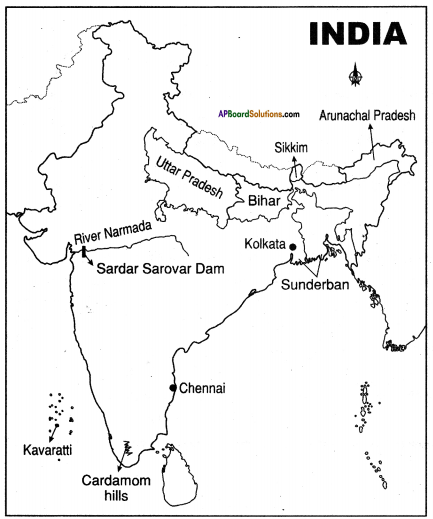Andhra Pradesh SCERT AP State Board Syllabus SSC 10th Class Social Studies Textbook Solutions Study Material Guide Pdf free download in English Medium and Telugu Medium are part of AP Board 10th Class Textbook Solutions.
Students can also go through AP Board 10th Class Social Notes to understand and remember the concepts easily. Students can also read AP 10th Class Social Important Questions for board exams.
AP State Syllabus 10th Class Social Studies Textbook Solutions Study Material Guide Pdf Free Download
AP 10th Class Social Study Material Pdf Download English Medium
AP 10th Class Social Study Material Pdf 2021-2022 Part 1 Resources Development and Equity
- Chapter 1 India: Relief Features
- Chapter 2 Ideas of Development
- Chapter 3 Production and Employment
- Chapter 4 Climate of India
- Chapter 5 Indian Rivers and Water Resources
- Chapter 6 The People
- Chapter 7 People and Settlement
- Chapter 8 People and Migration
- Chapter 9 Rampur: A Village Economy
- Chapter 10 Globalisation
- Chapter 11 Food Security
- Chapter 12 Sustainable Development with Equity
10th Class Social Study Material Pdf Download English Medium Part 2 Contemporary World and India
- Chapter 13 The World Between Wars 1900-1950 Part 1
- Chapter 14 The World Between Wars 1900-1950 Part 2
- Chapter 15 National Liberation Movements in the Colonies
- Chapter 16 National Movement in India–Partition & Independence
- Chapter 17 The Making of Independent India’s Constitution
- Chapter 18 Independent India (The First 30 years – 1947-77)
- Chapter 19 Emerging Political Trends 1977 to 2000
- Chapter 20 Post – War World and India
- Chapter 21 Social Movements in Our Times
- Chapter 22 Citizens and the Governments
AP 10th Class Social Study Material Pdf Download Telugu Medium
AP 10th Class Social Guide భాగం-1 : వనరుల అభివృద్ధి, సమానత
- Chapter 1 భారతదేశం: భౌగోళిక స్వరూపాలు
- Chapter 2 అభివృద్ధి భావనలు
- Chapter 3 ఉత్పత్తి, ఉపాధి
- Chapter 4 భారతదేశ శీతోష్ణస్థితి
- Chapter 5 భారతదేశ నదులు, నీటి వనరులు
- Chapter 6 ప్రజలు
- Chapter 7 ప్రజలు – నివాస ప్రాంతాలు
- Chapter 8 ప్రజలు – వలసలు
- Chapter 9 రాంపురం : గ్రామ ఆర్థిక వ్యవస్థ
- Chapter 10 ప్రపంచీకరణ
- Chapter 11 ఆహార భద్రత
- Chapter 12 సమానత – సుస్థిర అభివృద్ధి
AP 10th Class Social Textbook Telugu Medium Pdf భాగం-2 : సమకాలీన ప్రపంచం, భారతదేశం
- Chapter 13 ప్రపంచ యుద్ధాల మధ్య ప్రపంచం 1900-1950 : భాగం-I
- Chapter 14 ప్రపంచ యుద్ధాల మధ్య ప్రపంచం 1900-1950 : భాగం-II
- Chapter 15 వలస పాలిత ప్రాంతాలలో జాతి విముక్తి ఉద్యమాలు
- Chapter 16 భారతదేశ జాతీయోద్యమం-దేశ విభజన, స్వాతంత్య్రం: 1939-1947
- Chapter 17 స్వతంత్ర భారత రాజ్యాంగ నిర్మాణం
- Chapter 18 స్వతంత్ర భారతదేశం (మొదటి ముప్ఫై సంవత్సరాలు-1947-1977)
- Chapter 19 రాజకీయ ధోరణుల ఆవిర్భావం : 1977-2000
- Chapter 20 ప్రపంచ యుద్దాల తరువాత ప్రపంచం, భారతదేశం
- Chapter 21 సమకాలీన సామాజిక ఉద్యమాలు
- Chapter 22 పౌరులు, ప్రభుత్వాలు
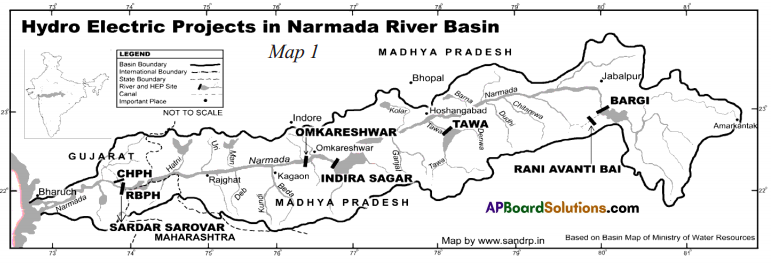 In which state, Indira Sagar Project is located and on which river?
In which state, Indira Sagar Project is located and on which river?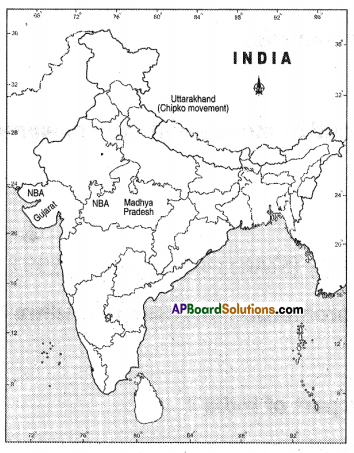
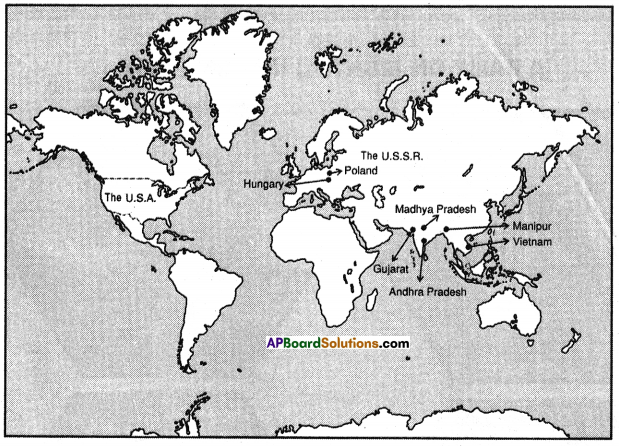

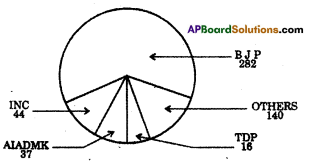 Answer:
Answer: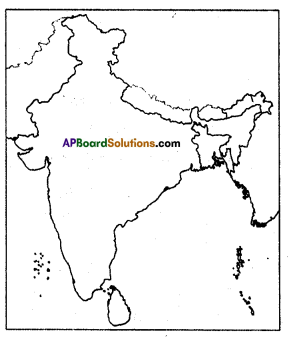
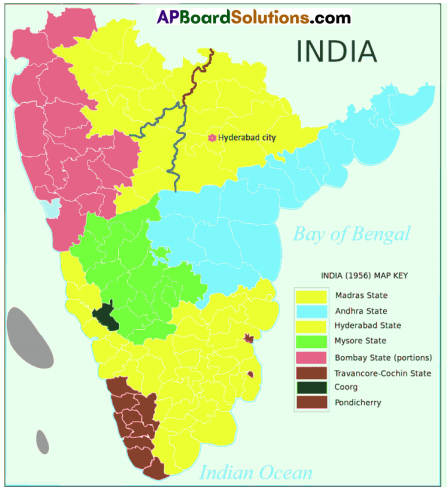
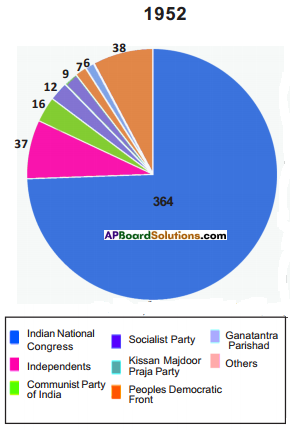 1. Which political party secured less seats ?
1. Which political party secured less seats ?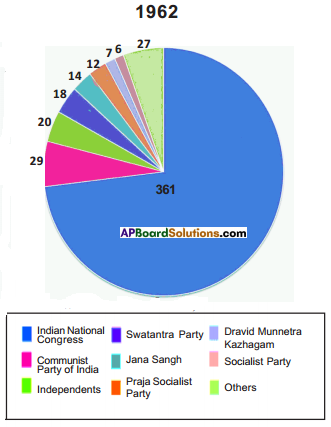
 Compare the above Pie diagrams.
Compare the above Pie diagrams.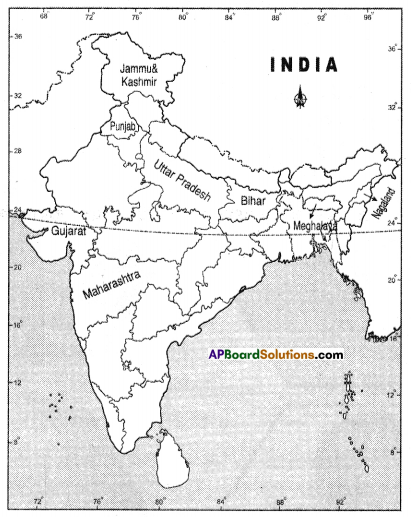
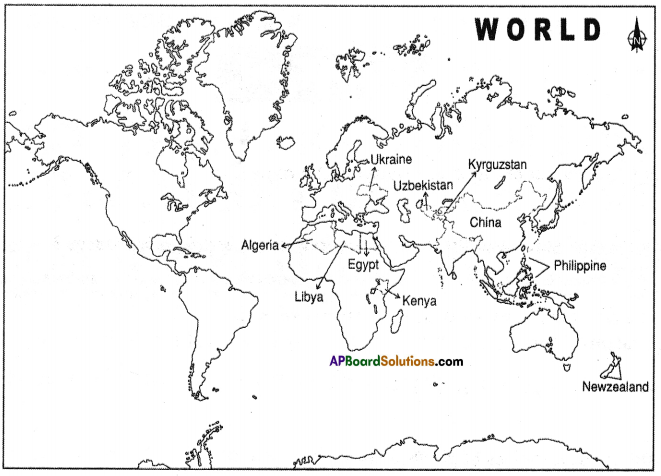





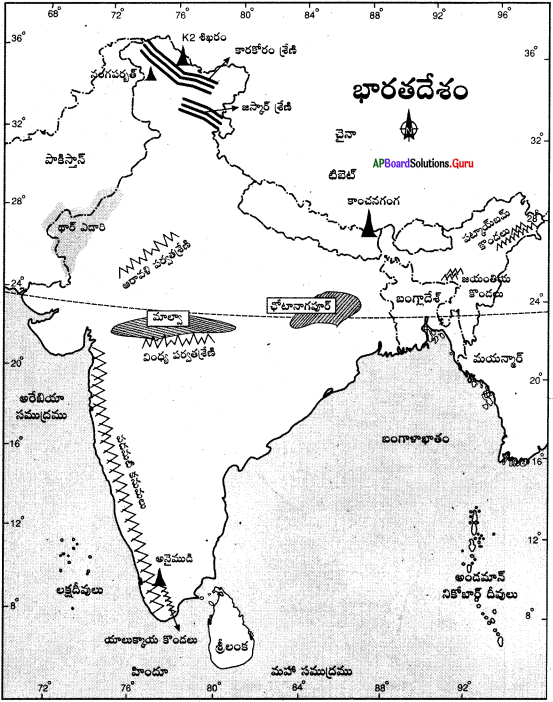




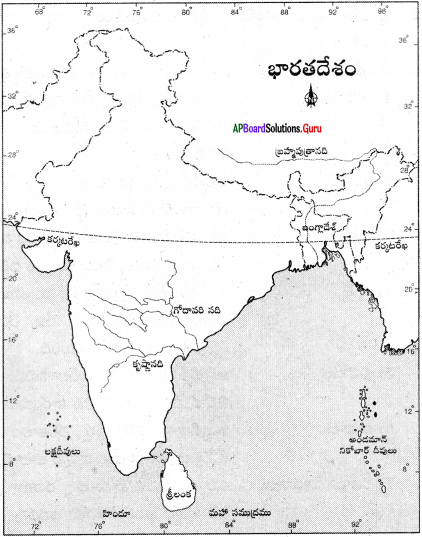
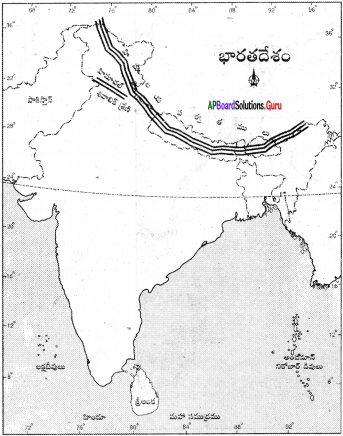
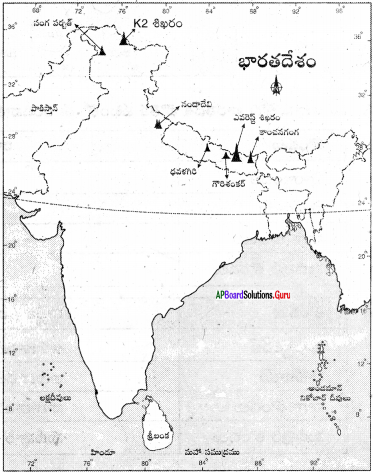
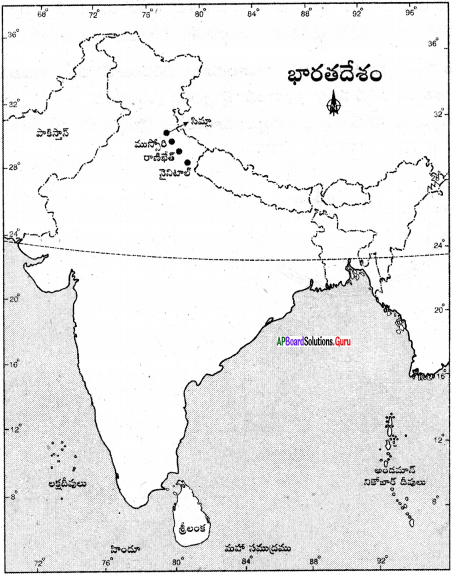
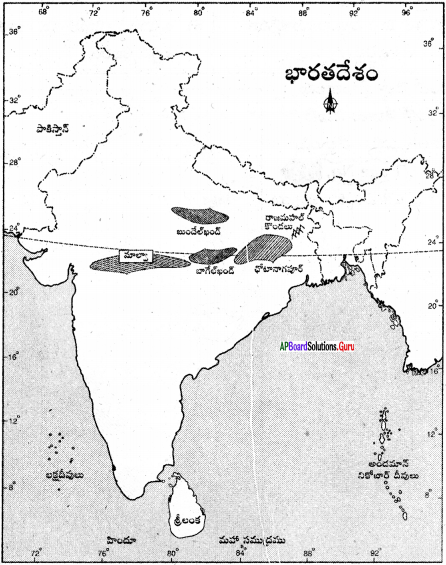

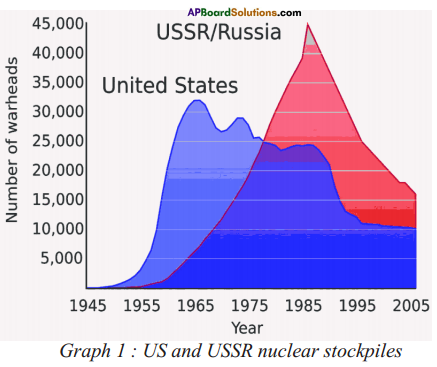 a) During 1955-2005, which country had the highest number of warheads?
a) During 1955-2005, which country had the highest number of warheads?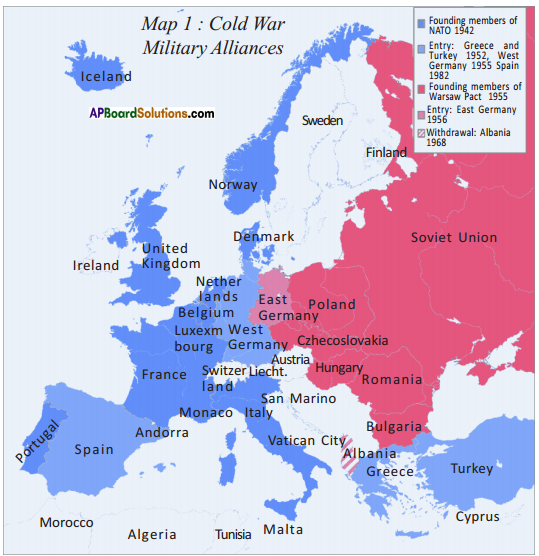
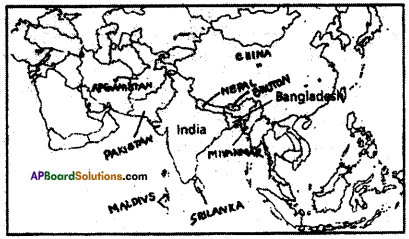 A) Write any two countries which are sharing boundary with India on the North-eastern side.
A) Write any two countries which are sharing boundary with India on the North-eastern side.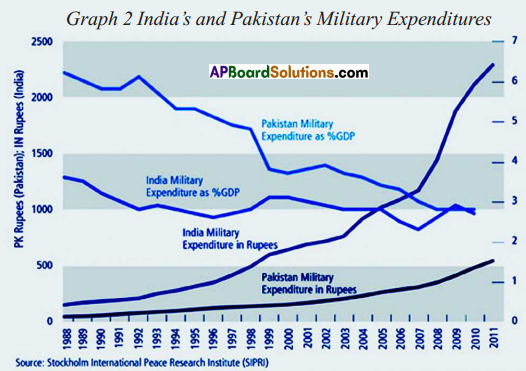 1. Which country had spent more on Military Expenditure in its GDP?
1. Which country had spent more on Military Expenditure in its GDP?
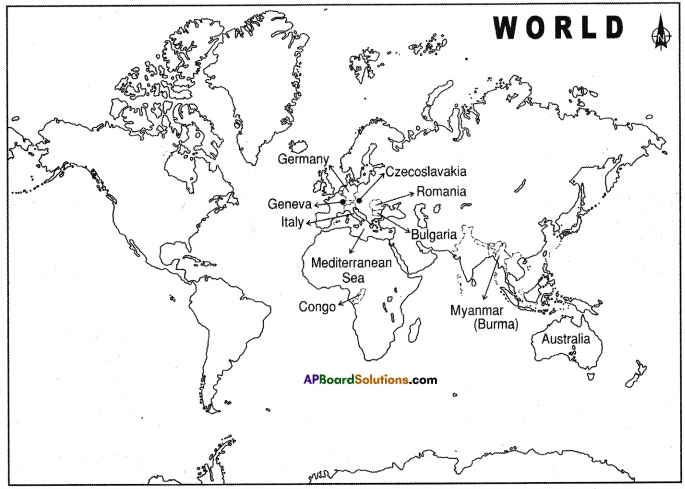



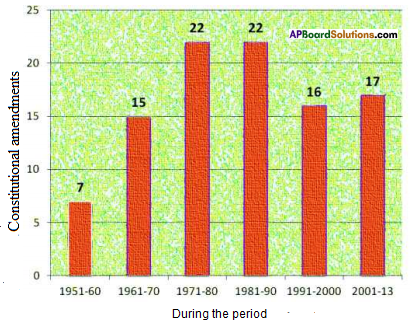 Now answer the following questions.
Now answer the following questions.
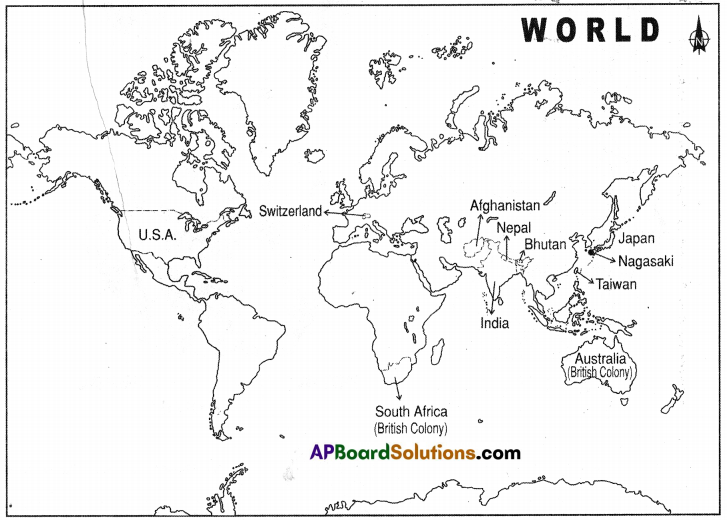
 a) What percentage of people in rural India are consuming more calories than are required?
a) What percentage of people in rural India are consuming more calories than are required?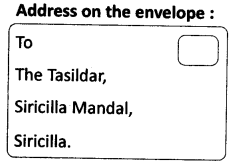
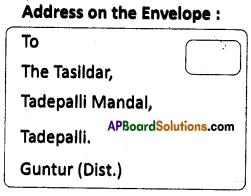
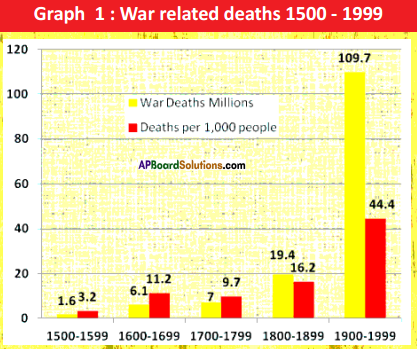
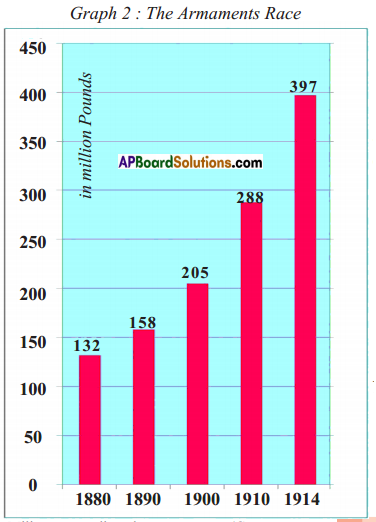

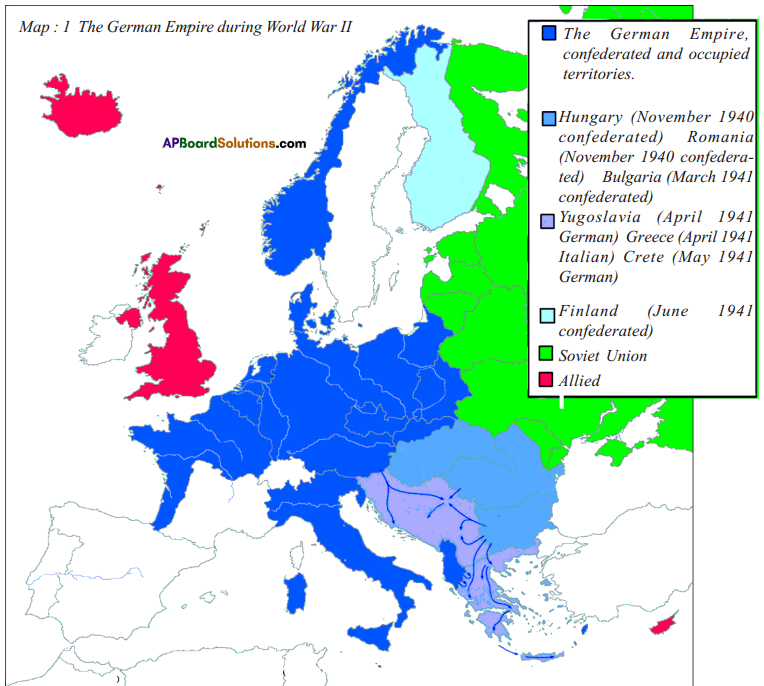 a) Name two countries that did not fall under the German Empire.
a) Name two countries that did not fall under the German Empire. List out the Axis Power group and Central Allies group.
List out the Axis Power group and Central Allies group.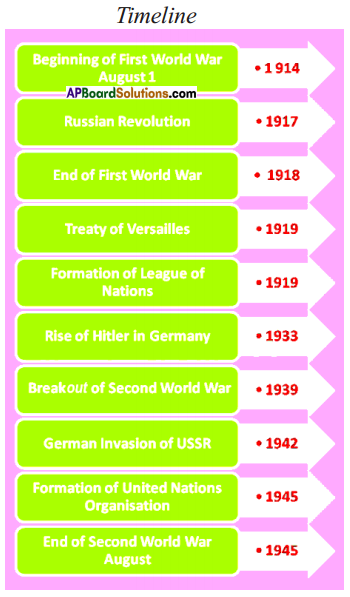 a) What was the immediate cause of World War-ll?
a) What was the immediate cause of World War-ll?

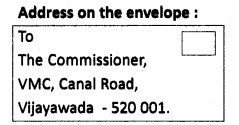
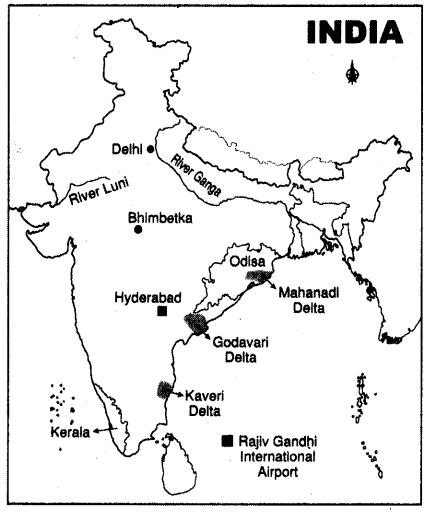
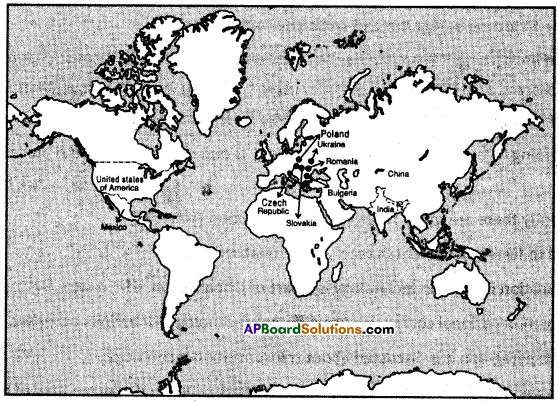

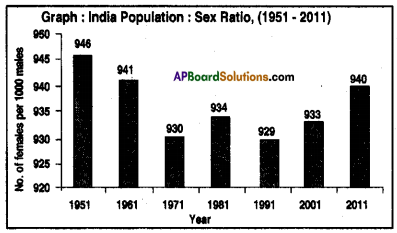 a) In which year, the highest sex-ratio was recorded?
a) In which year, the highest sex-ratio was recorded?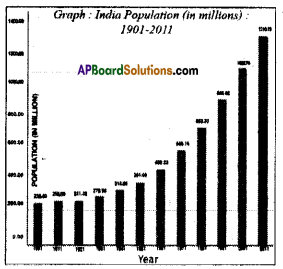 Answer:
Answer: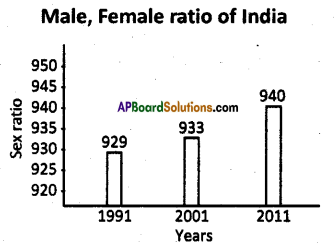 Answer:
Answer: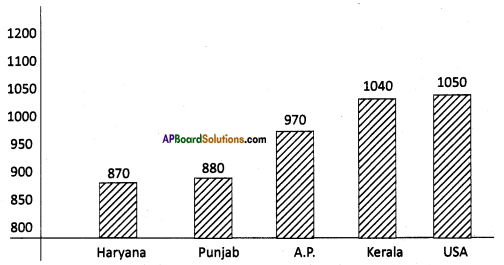
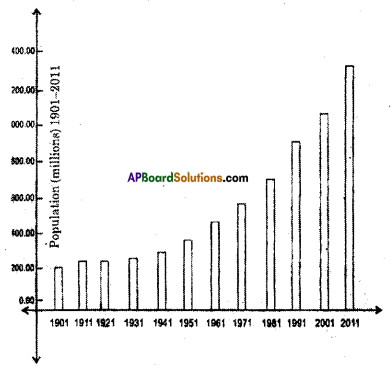

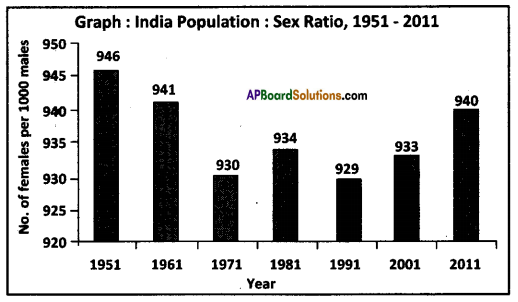
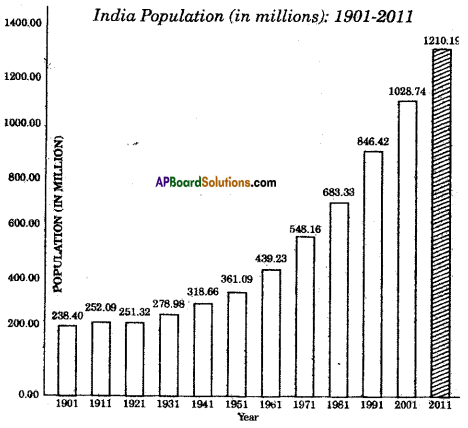
 Now answer the following questions.
Now answer the following questions.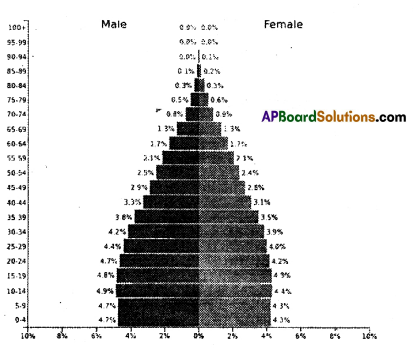 a) What are group in India has the largest percentage of people?
a) What are group in India has the largest percentage of people? Now answer the following questions.
Now answer the following questions.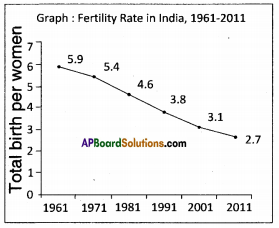 Answer:
Answer: